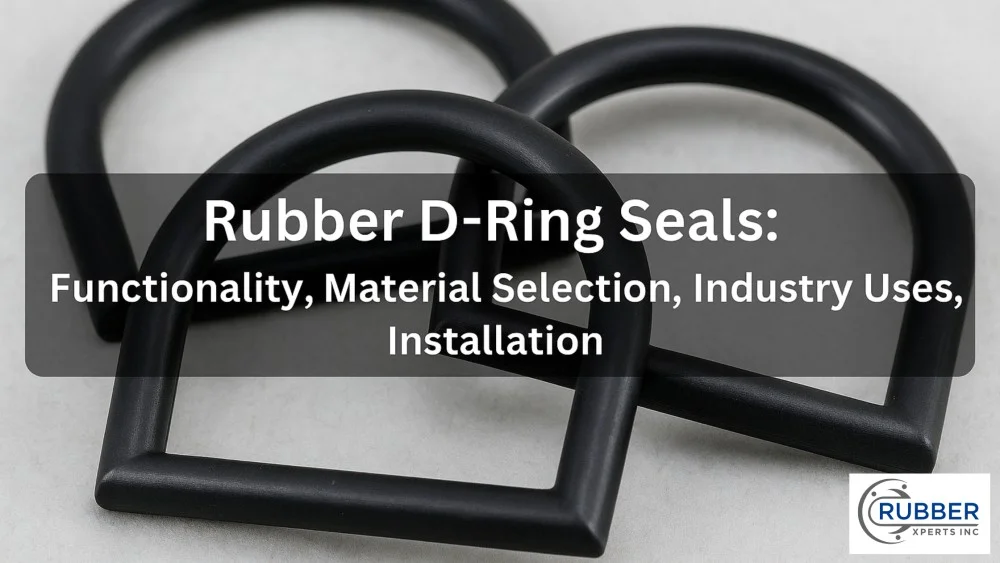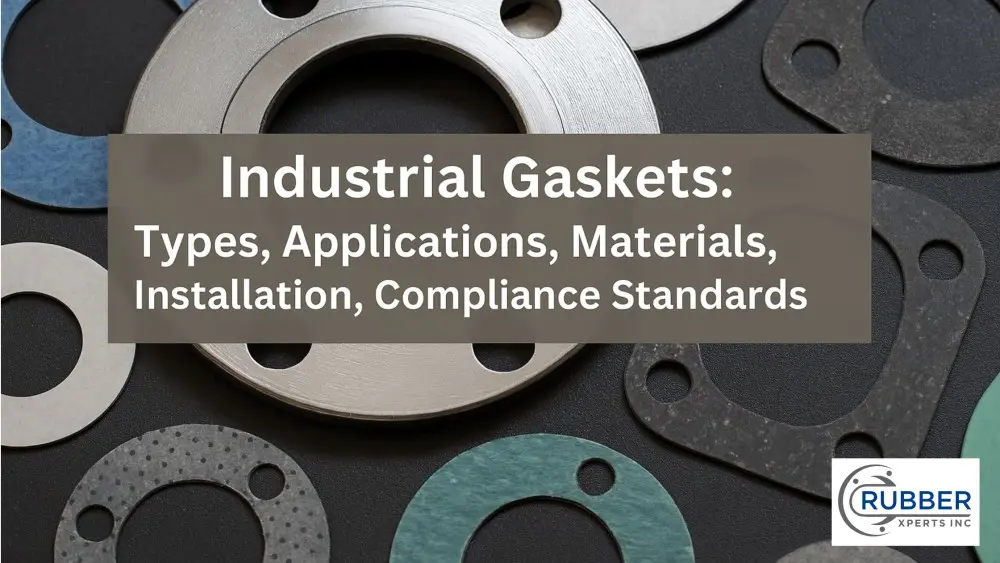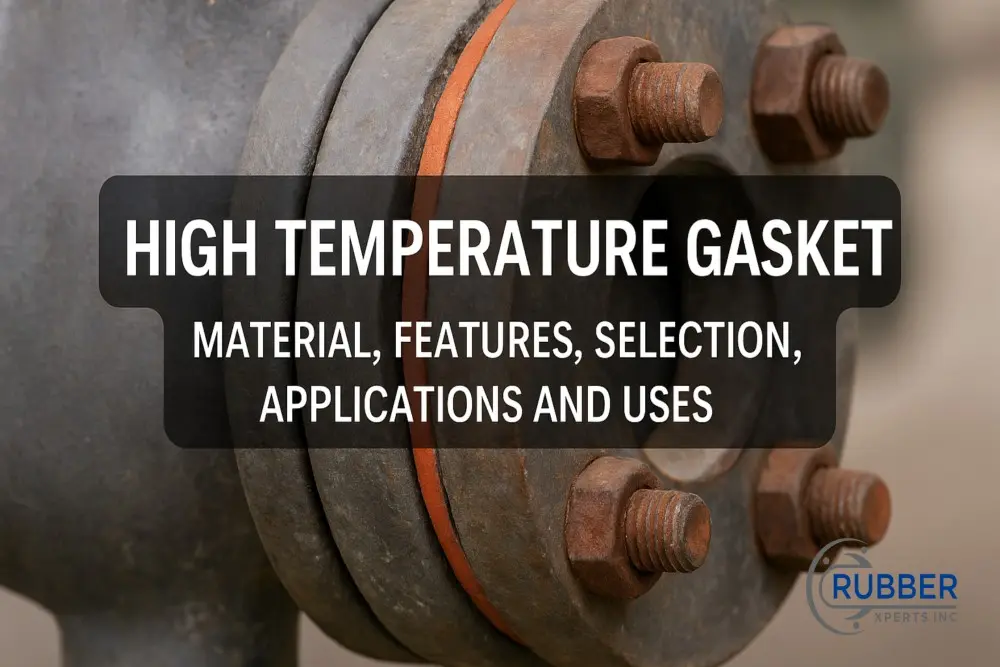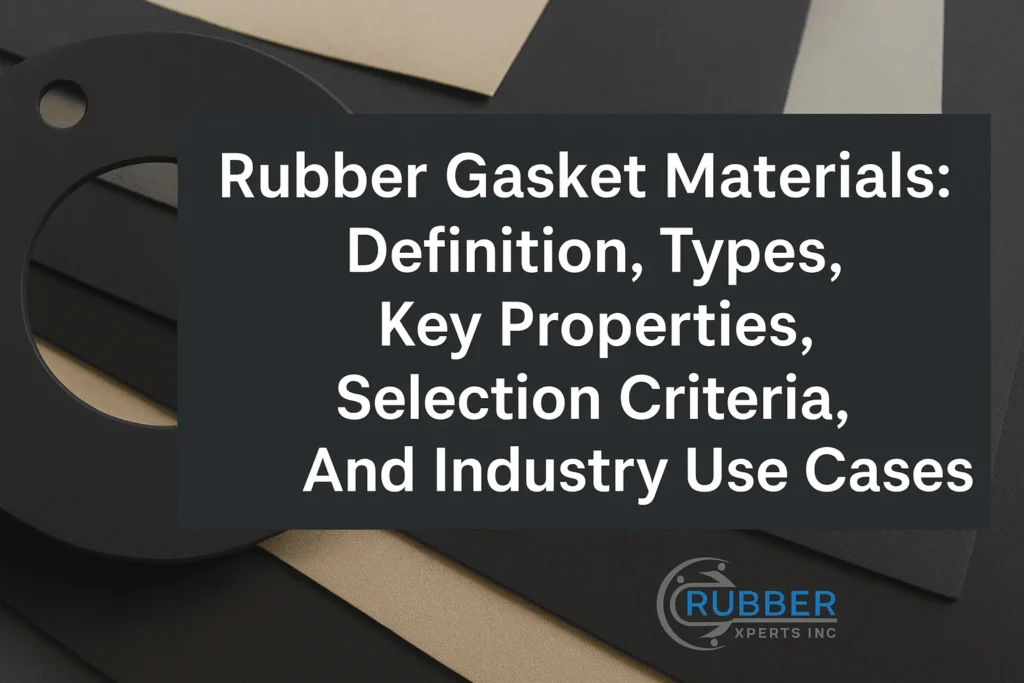It’s stressful when your sealant starts to crack or peel much sooner than expected, leading to leaks and damage.
It’s even worse to see your hard work and money go to waste because of a failing sealant.
When you’re using rubber sealant, you might ask, “How long does rubber sealant last?”
You might also wonder if you chose the wrong product or if you applied it incorrectly.
This question is crucial to avoid unexpected issues.
Therefore, understanding the factors that affect how long rubber sealant lasts will help you know when it’s time for a replacement and what to consider for a long-lasting seal.
| Find the highest-quality rubber sealants for your industry needs by exploring our catalogue today! Readily available, 100% customizable. |
Typical Lifespan of Rubber Sealant
How long rubber sealant lasts generally falls between 5 and 20 years.
The exact lifespan depends on several factors, including the quality of the sealant, the conditions it’s exposed to, and how well it’s maintained.
Here are some specific scenarios:
High-Quality Sealants
Premium rubber sealants can last up to 20 years if applied correctly and maintained properly.
These sealants are made with superior ingredients that resist wear and tear better than lower-quality options.
They often contain UV inhibitors to protect against sun damage and additives that enhance flexibility and adhesion.
Standard Sealants
Most standard rubber sealants last between 10 to 15 years under normal conditions.
These are typically used in residential and light commercial applications where extreme conditions are not a major concern.
Low-Quality Sealants
Cheaper or lower-quality sealants may need replacement every 5 to 7 years.
These sealants are often used for temporary fixes or in less critical areas.
While they are more affordable, they don’t offer the same durability and protection as higher-quality products.
Factors Affecting the Lifespan of Rubber Sealant
To understand how long rubber sealant lasts, you need to consider several factors that influence its durability.
These factors include the quality of the sealant, how you apply it, the environmental conditions, and the type of material you are sealing.
Quality of the Sealant
High-quality rubber sealants generally last longer than cheaper ones.
If you invest in a reputable brand, you can expect better performance and longer life.
Premium rubber sealants resist wear and tear better and contain advanced ingredients that make them more durable and flexible.
So, by choosing a high-quality sealant, you save time and money in the long run because you won’t need to reapply it as often.
Application Method
Proper application is vital for a durable seal.
If the surface is not clean or the sealant is applied unevenly, it may not stick properly and won’t last as long.
Here are the practical steps you should follow:
- Surface Preparation: Start by thoroughly cleaning the surface. Remove all dirt, dust, and grease because any contaminants can prevent the sealant from sticking properly. Use a suitable cleaning agent and a cloth to wipe the surface until it is completely clean and dry.
- Choosing the Right Tools: Use a caulking gun to apply the sealant. Cut the tip of the sealant tube at an angle to create a small opening. This helps you control the flow of the sealant and ensures a neat application.
- Applying the Sealant: Apply the sealant in a continuous, even line along the joint or crack. Try not to stop and start too much, as this can create gaps or weak points. Smooth the sealant with a tool or your finger to make sure it is tight.
- Curing Process: Let the sealant cure according to the manufacturer’s instructions. This usually takes between 24 to 48 hours. During this time, avoid touching the sealant to let it set properly.
Environmental Conditions
Extreme temperatures, UV exposure, and moisture levels can affect how long rubber sealant lasts.
Understanding these environmental factors helps you choose the right product and apply it correctly.
- Sun Exposure: UV rays can cause rubber sealant to degrade over time. If your sealant is exposed to direct sunlight, it may need to be replaced every 5 to 7 years unless it is UV-resistant. UV-resistant sealants can last up to 15 years because they have special additives that protect them from the sun.
- Temperature Extremes: Extreme heat or cold can cause the sealant to expand and contract, leading to cracks. If your sealant is in such conditions, it might need replacement every 7 to 10 years. When selecting a sealant, look for one that can handle the temperature ranges in your area.
- Moisture Levels: High humidity or constant exposure to water can weaken the sealant. Waterproof sealants can last up to 15 years in such environments, while regular sealants might need to be replaced every 10 years. For areas exposed to water, choose a sealant that is designed to resist moisture.
Material
The type of surface you are sealing also affects how long does rubber sealant last.
Some materials bond better with sealant than others, which impacts overall durability.
For example, rubber sealant sticks well to materials like metal, glass, and certain plastics.
However, porous surfaces like wood or concrete may need a primer to ensure a strong bond.
Understanding how the sealant works with the material can prevent it from failing too soon.
Maintenance Tips
Regular maintenance can significantly extend the lifespan of rubber sealant.
Here’s how you can ensure your sealant remains effective for as long as possible:
- Inspect Regularly: Check the sealed areas regularly for signs of wear or damage, such as cracks or peeling. If you catch problems early, you can prevent minor issues from becoming major ones. For example, small cracks can be filled with more sealant before they grow.
- Clean Gently: Clean the sealed surfaces with mild soap and water to avoid damaging the sealant. Harsh chemicals can degrade the material, making it last less long. Use a soft brush or cloth to gently scrub away dirt and grime.
- Reapply as Needed: Depending on the conditions and the quality of the initial application, you might need to reapply rubber sealant every 5 to 7 years for low-quality products, every 10 to 15 years for standard products, and every 15 to 20 years for high-quality products. Regular reapplication keeps the seal intact and effective.
Conclusion
In conclusion, how long rubber sealant lasts typically ranges from 5 to 20 years based on the quality, application method, and environmental factors.
By following proper application steps and performing regular maintenance, you can make sure your rubber sealant lasts as long as possible
Regular inspection and timely reapplication are key to maintaining a durable and effective seal.
To ensure the best results, always use high-quality sealants, apply them correctly, and consider the specific environmental conditions they will face.
So, you may want to go check out Rubber Xpert’s rubber sealant catalog.
At Rubber Xperts, we’re a leading supplier of high-quality rubber products at affordable prices.
For years, we’ve been providing many industries with customizable rubber sealants, rubber grommets, rubber gaskets, and many more.
If you need our assistance in finding the right products for your project, contact us today!





